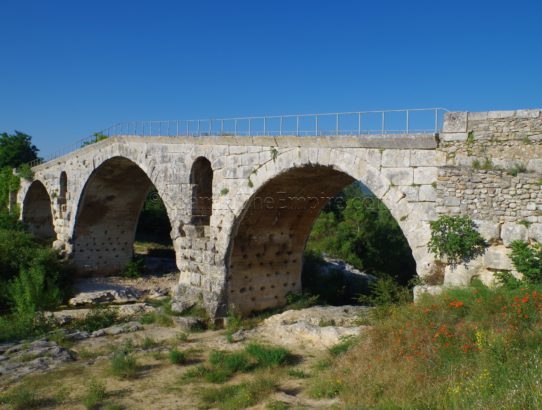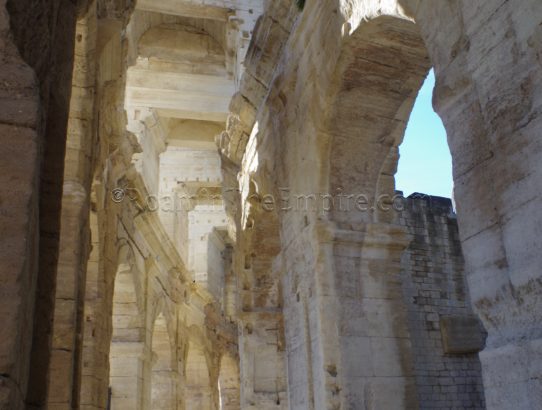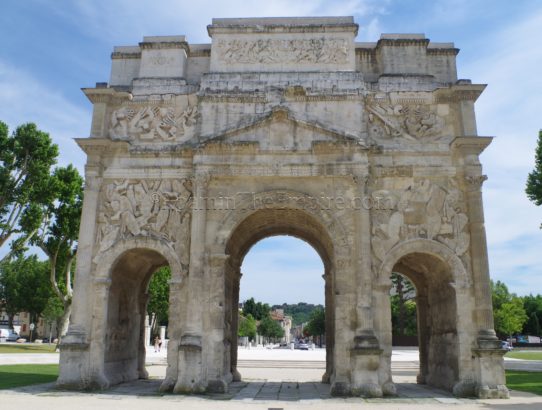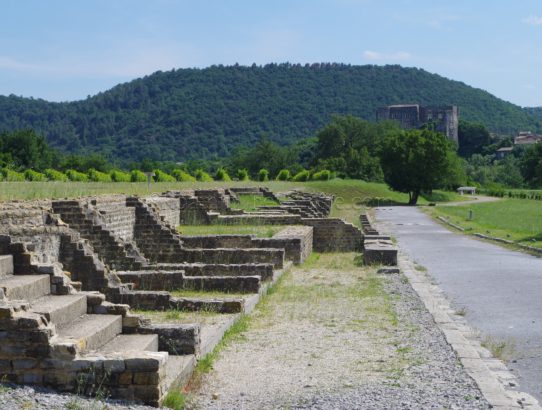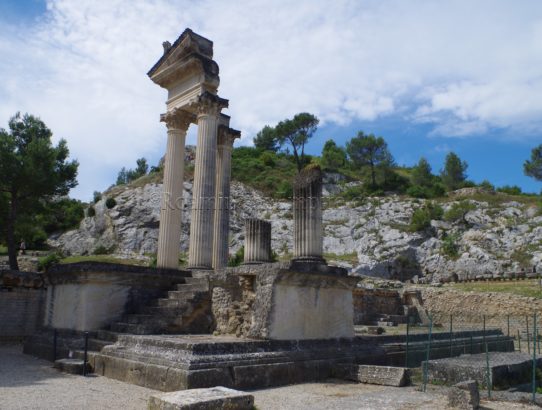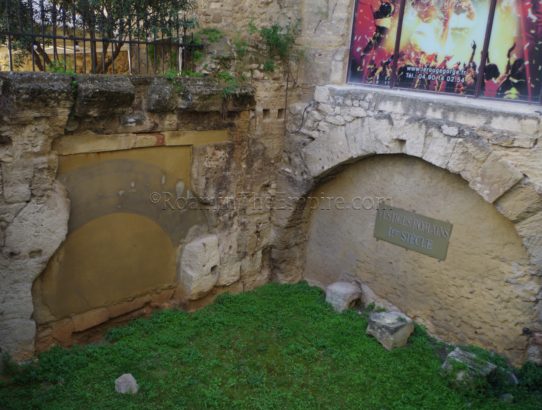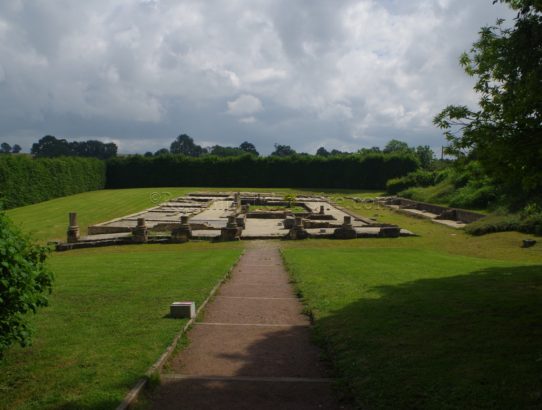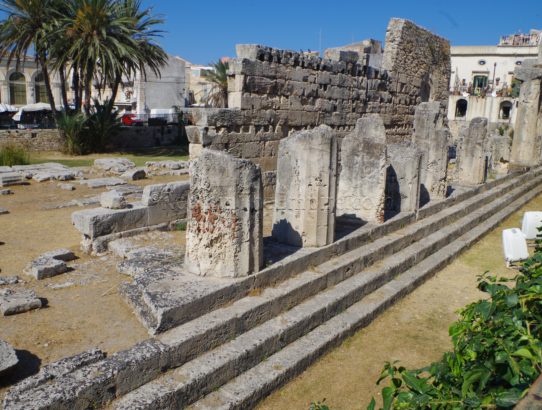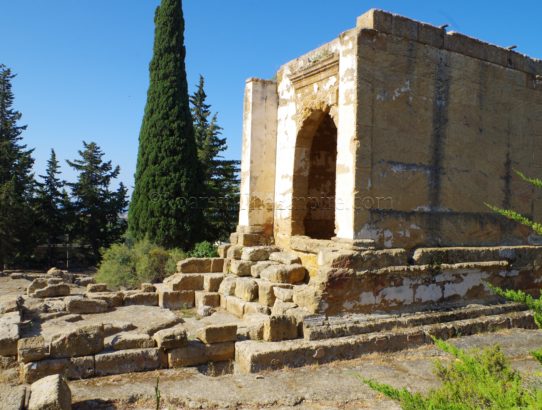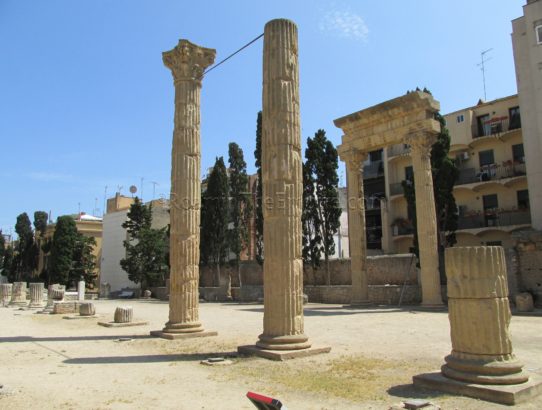Via Domitia, Gallia Narbonensis
Most Recent Visit: June 2018 As has been discussed in previous posts, there are a number of sites that would be categorized as miscellaneous; not associated with any major site that would warrant a full post to itself, but also very much worth visiting. A number of these sites spring up along the path of…
Read More


